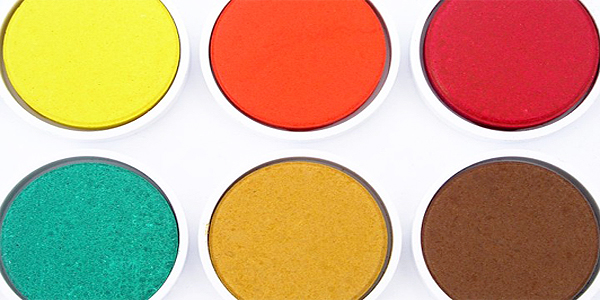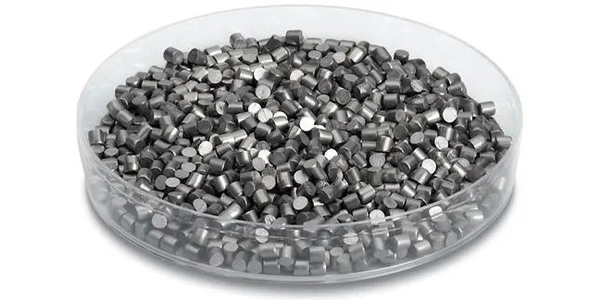
 Haojing
Haojing  2025-10-23
2025-10-23
The material used for the color ring is a special silicate - one - color glaze. One is made of natural raw materials and chemical raw materials, which are fused and bonded on the surface of the ampoule under high temperature. It is a complex mixture of silicate. Generally speaking, the glaze is glass, it has all the inherent properties of glass glaze and glass is similar: they are melting at quite a high temperature, there is no certain melting point, only the melting range; No fixed chemical composition, optical properties are isotropic. But actually there are differences between glazes and ordinary glass. The composition of glass is uniform, but the composition of glaze is not uniform; In addition to the glass phase, there are many tiny crystals and bubbles in the glaze, so the glaze is uneven vitreous color ring is made by applying a circle of low melting point color glaze about 1mm wide with a thin sheet wheel rotating at the bottle neck. Due to the different glaze vitreous and ampoule glass expansion coefficient, through sintering, two kinds of vitreous are combined together, so that a certain tensile stress is produced in the neck, plus the thickness difference between the neck and the bottle itself, and the geometric shape of the neck, which can make the stress concentration, thus producing a flexible effect. Color glaze is usually made of low melting point glass (base glaze) plus the right amount of inorganic mineral pigment (pigment) and adhesive (solvent). But there are also inorganic mineral pigments and low melting point glass based glaze raw materials fused together to make the required color glaze, and then add solvent preparation, but this method has many shortcomings.

(1) Requirements for glass based glazes Glass based glazes must meet the following requirements.
The melting point of base glass is lower than the annealing temperature of product glass. In this way, when the products are annealed (including glaze sintering), the annealing quality is not affected at the same time, the color glaze melting and the products themselves are fused together, firmly combined on the surface of the glass without being scrubbed off. The melting temperature of color glaze is generally 560 ~ 600. The expansion coefficient of base glaze glass is larger than that of product glass. In this way, at the contact of the two, the system of glass forming a tensile stress surface is easy to fold. Too large or too small expansion coefficient of glazing glass directly affects the size of the breaking force, so special attention should be paid to it. The expansion coefficient of base glaze glass is generally about 15x107-1 larger than that of product glass. The base should have certain chemical stability, the less the amount of lead dissolved, the better. Glass base species can be divided into two different systems in terms of chemical composition. Lead material is a general glaze used for many years in the market at present. The PbO content is about 60%, and its performance is basically flexible to the requirements of the base.

Copyright © 2020 Guangzhou Haojing Glassware CO.,LTD. All Rights Reserved.



